
One is likely to say that Kenya is Africa’s Hub for refugees housing.
Africa’s biggest refugee camps have become home to thousands of displaced persons who have turned to them to seek solace, shelter and some semblance of comfort after having been forced to flee their homes due to political strife, conflict, persecutions, economic strain as well as natural disasters.
Refugee camps are often defined as unplanned settlements which are put up to accommodate persons fleeing their countries or usual habitats in search of a place to seek refuge. They provide the refugees with food, shelter, education and healthcare.
The top 5 Biggest Refugee Camps In Africa are all located in Kenya and they include Dadaab, Kenya (250,000), Kakuma, Kenya (184,550), Hagadera, Kenya (105,998), Dagahaley, Kenya (87,223) and Ifo, Kenya (84,089).
1. Dadaab Refugee Camp, KenyaDadaab is the biggest and most populous of all refugee camps in Africa. It also doubles as the largest in the world.
Home to over 230,000 refugees who have fled their countries, the camp is so large that it contains several other refugee camps within itself. Refugees here are provided with basic amenities such as food, shelter, and clothing. They are also provided with education, health facilities, and communication devices to enable them to communicate with their families and familiarize themselves with technology.
2. Kakuma Refugee Camp, KenyaSituated in the Northwestern part of Kenya, Kakuma is home to over 184,500 refugees.
It was established in the year 1992 with the majority of the refugees in this camp made of Sudanese, Ethiopian and Somali descent. However, it is reported that refugees from twenty other nations are resident here making it one of the most popular refugee camps in Africa. Most of them have fled their countries of origin due to civil strife.
Kakuma is co-managed by the United Nations Human Rights Commission and Kenya’s Department of Refugee Affairs. Severe cases of disease outbreaks and malnutrition affecting the inhabitants of this camp have been reported due to its congested situation.
The United Nations has tried to deal with the current congestion problem at Kakuma by setting up another extension to the camp called Kalobeyi settlement. It is already home to 6,000 refugees and the maximum capacity of refugees it can hold stretches to 60,000.
3. Hagadera Refugee Camp, Kenya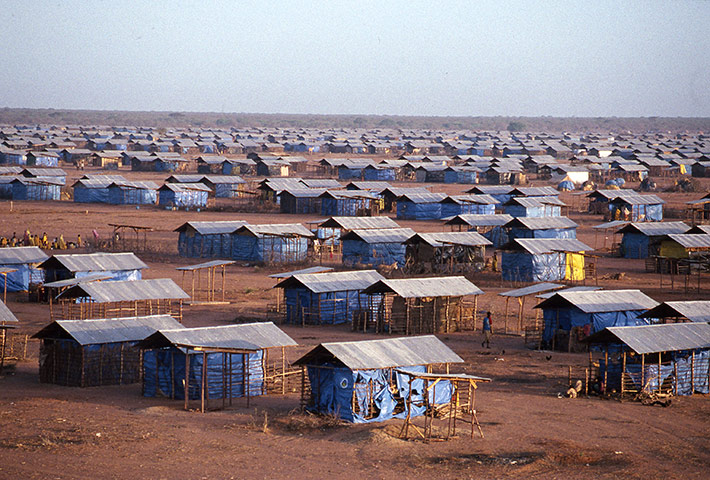 Hagadera is part of Dadaab complex of refugee camps and the largest of them all. It is home to over 100, 000 refugees, most of them made of Somali descent.
Hagadera is part of Dadaab complex of refugee camps and the largest of them all. It is home to over 100, 000 refugees, most of them made of Somali descent.
The camp is however faced with serious congestion issues and as a result, the inhabitants have been faced with severe malnutrition due to the inadequate food supply.
Hagadera is situated in a harsh climatic area, characterized by little rainfall, extreme heat, and strong winds. This has over time seen its population decline drastically, with thousands of refugees moving to other informal settlements on its outskirts in a bid to decongest the location.
4. Dagahaley Refugee Camp, KenyaJust like Hagadera, Dagahaley refugee camp is also part of the Dadaab complex. It has a steadily growing population that is almost hitting the 90,000 mark.
Established in the 1990s, its main purpose then, was to house refugees fleeing the Somali Civil War.
Dagahaley has over time provided educational services which include primary, secondary, adult schools and vocational training to its people.
Shelter and infrastructure remain to be the biggest challenge in this refugee camp, resulting in space boundary conflicts among the refugees sometimes.
5. IFO Refugee Camp, Kenya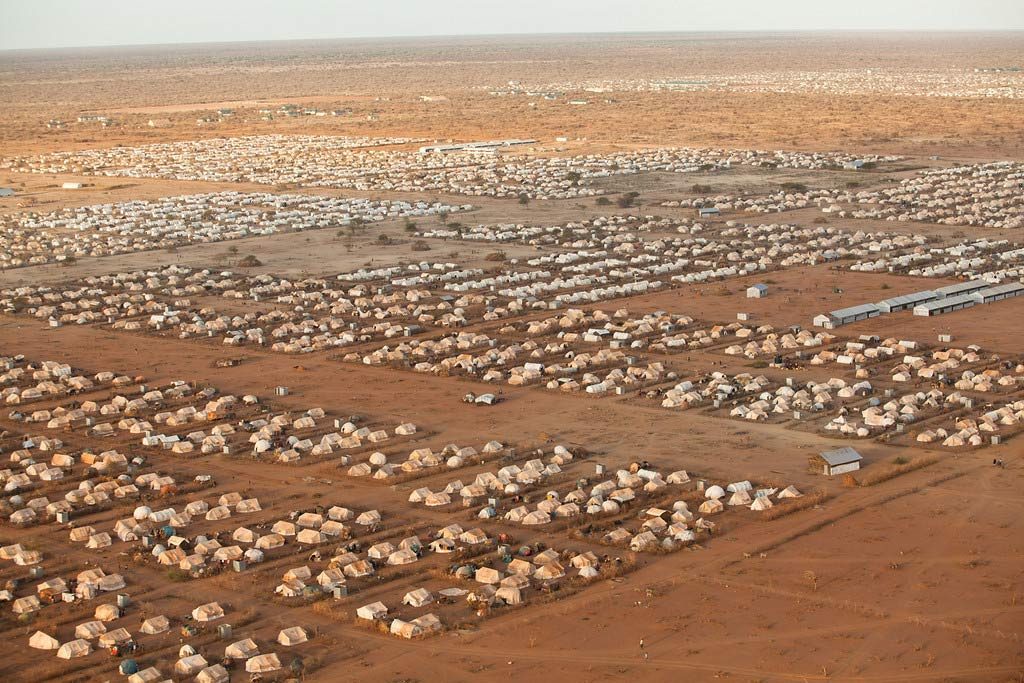
Also a part of Dadaab’s complex, the IFO refugee camp is the oldest of them all yet home to over 62,000 refugees with most of the people being of Somali descent and some from ten other different countries.
The IFO refugee camp has a fostering program for displaced children, which helps them find safer homes with other refugee families. It is also one of the leading camps in the health sector, having a level-four hospital which provides surgical services as well as antenatal and prenatal care for pregnant women.
However, congestion is still one of the problems facing IFO which led to an opening of Ifo 2 camp in 2011 to ease congestion due to the large influx of refugees from Somali.
Although a safe haven for children and adults who have fled their countries due to various crises, it’s located in a flood-prone area.
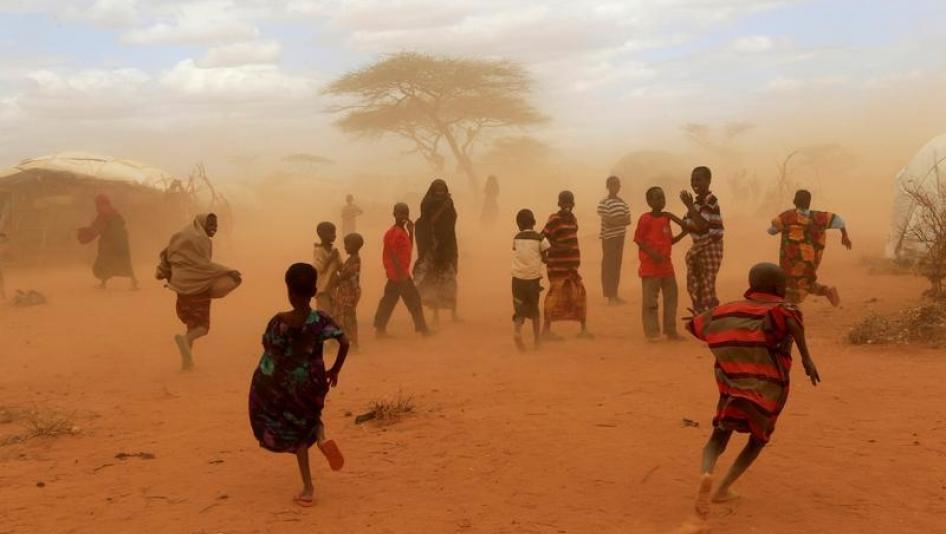 Africa is home to over 25% of refugees in the world. This percentage, however, keeps rising as days go by due to increased civil wars among and in nations. Africa’s biggest refugee camps have been established therefore in a bid to bring solace to those fleeing their countries by providing them with basic amenities such as food, shelter, and clothing, as well as education and healthcare.
Africa is home to over 25% of refugees in the world. This percentage, however, keeps rising as days go by due to increased civil wars among and in nations. Africa’s biggest refugee camps have been established therefore in a bid to bring solace to those fleeing their countries by providing them with basic amenities such as food, shelter, and clothing, as well as education and healthcare.


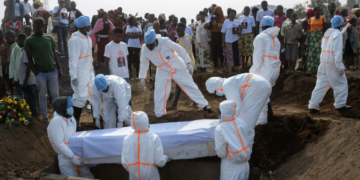
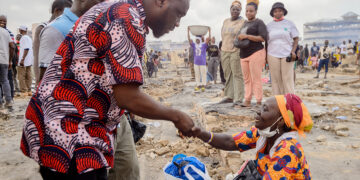










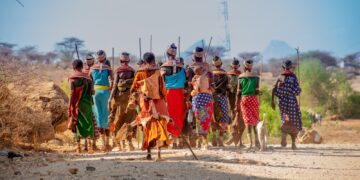








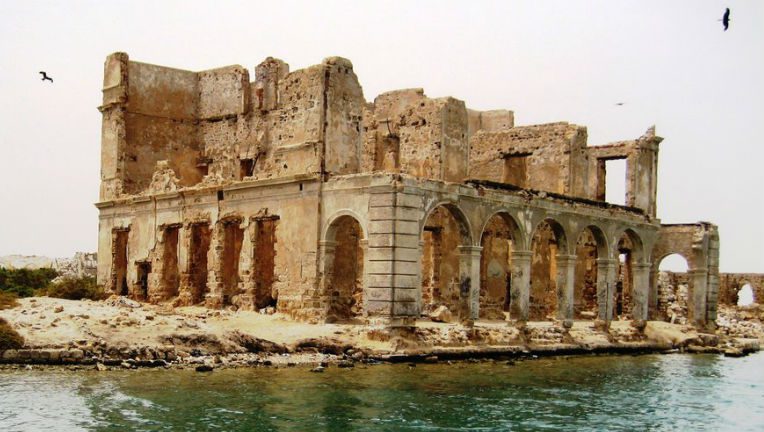

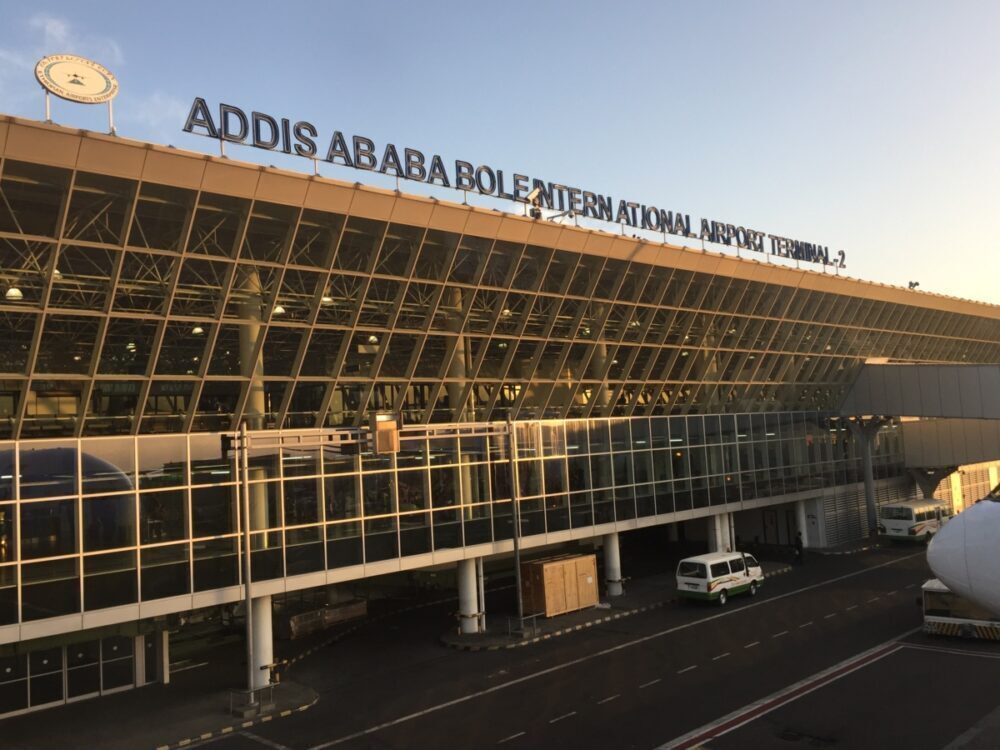















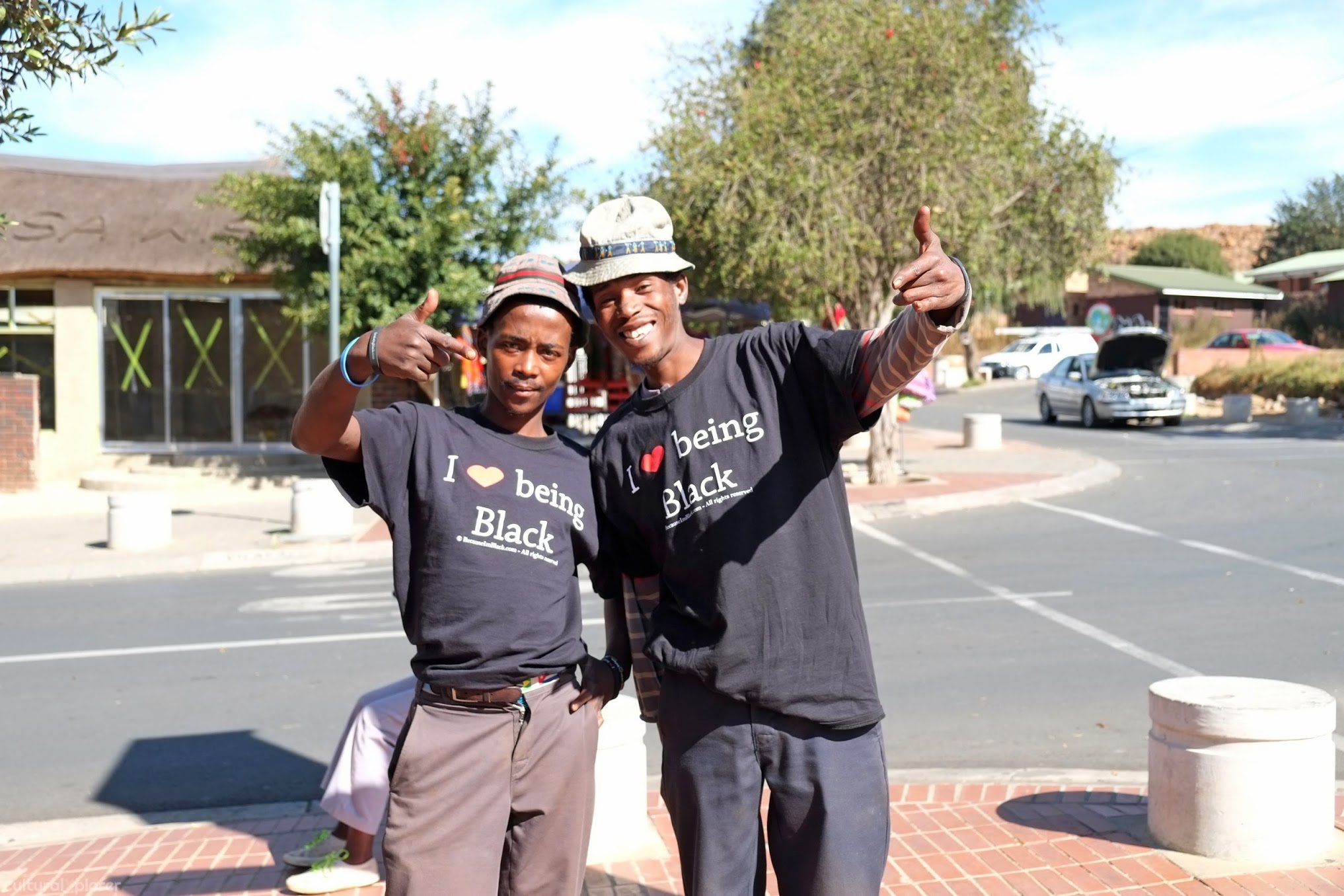














Discussion about this post